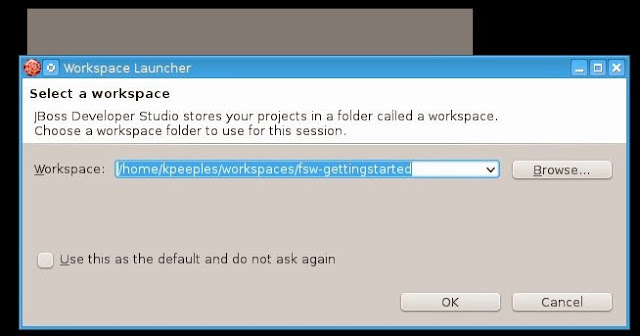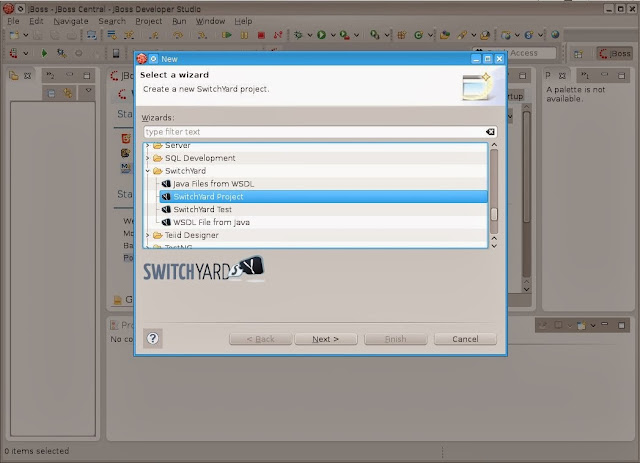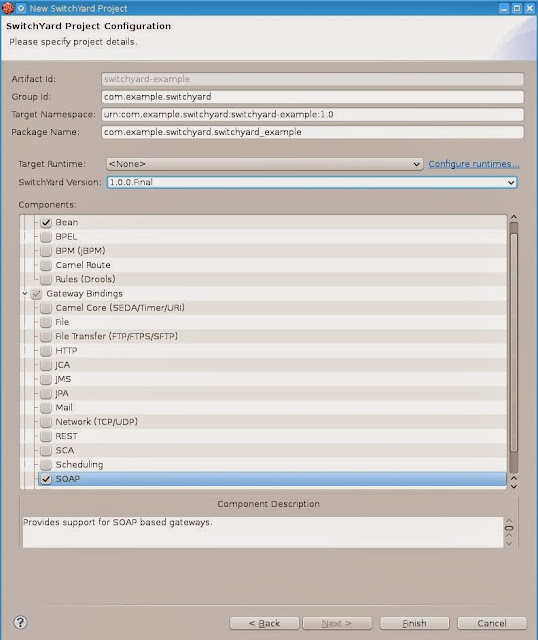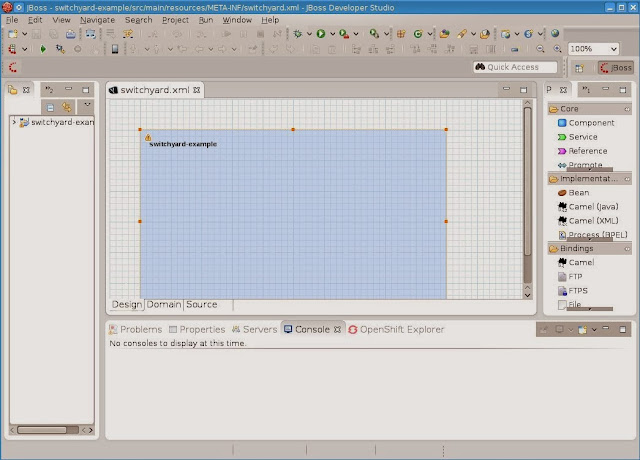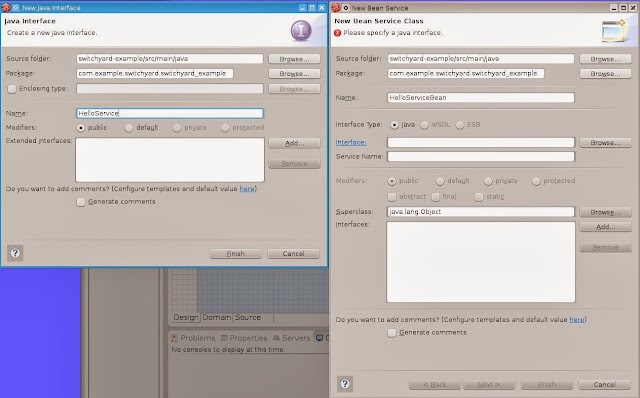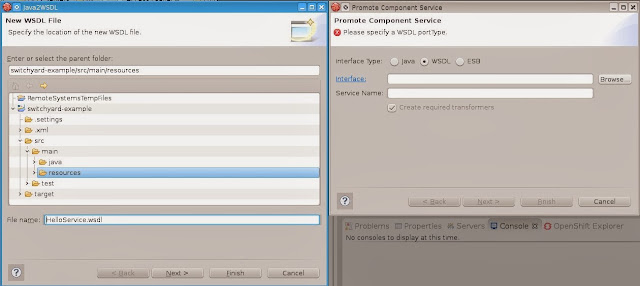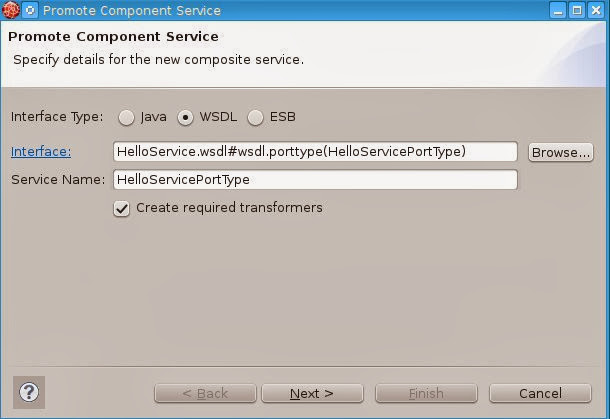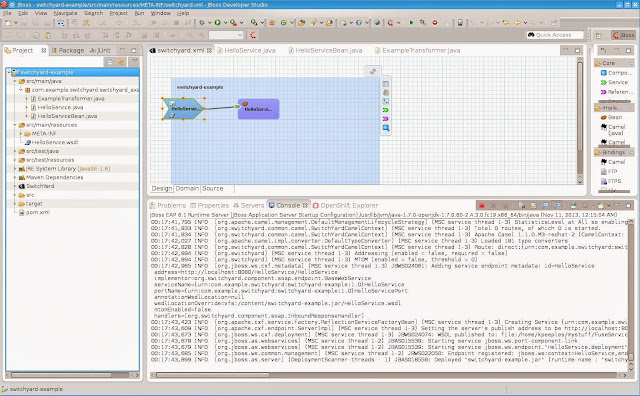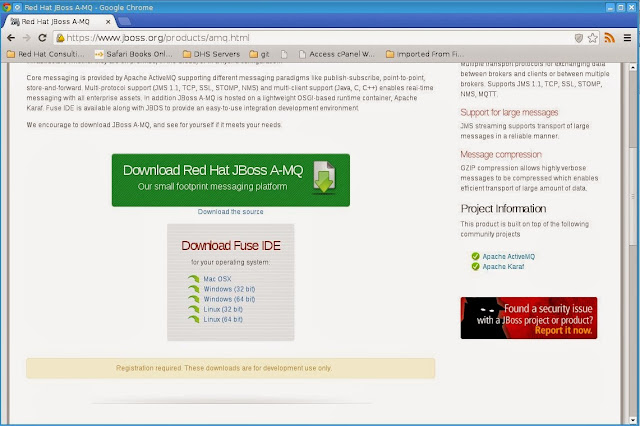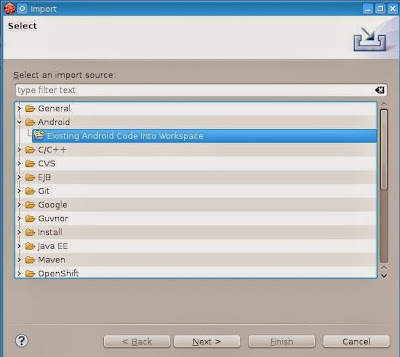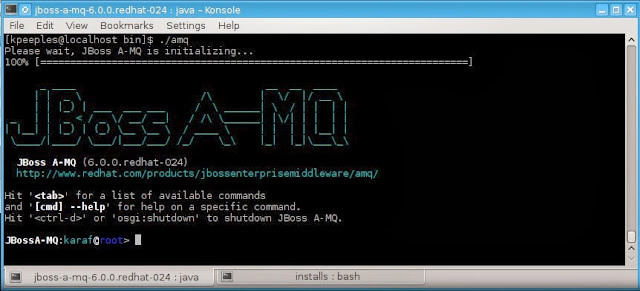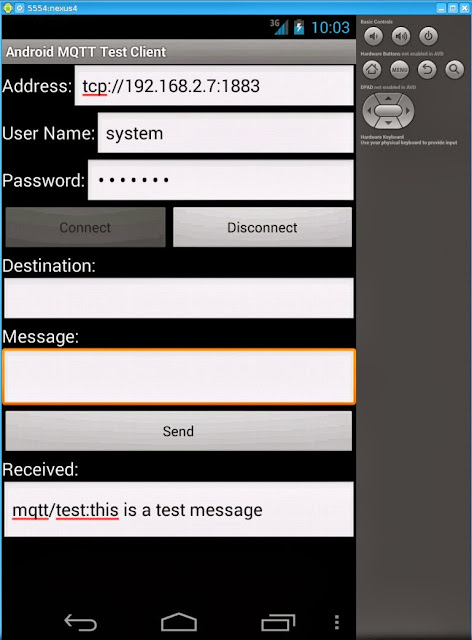I wanted to announce a new book coming out on Camel from Scott Cranton and Jakub Korab. The book contains production ready examples. Find out more information at http://www.jakubkorab.net/2013/12/apache-camel-developers-cookbook.html#!. You can also order the book from http://www.packtpub.com/apache-camel-developers-cookbook/book.
The chapters of the book cover:
- Structuring routes – everything from how to integrate the framework through to route templating
- Message routing – a coverage of the main routing patterns
- Routing to your code – how Camel interacts with your Java Code (bean binding, processors etc.)
- Transformation – moving between XML, JSON, CSVs etc.
- Splitting and Aggregating – a deep dive into the related Splitter and Aggregator EIPs
- Parallel Processing – outlines Camel’s support for scaling out processing
- Error Handling and Compensation – dealing with failure, including capabilities for triggering compensating logic
- Transactions and Idempotency – how to handle failure of transactional (JDBC, JMS) and non-transactional (web services) resources
- Testing – how to verify your routes’ behavior without the need for backend systems
- Monitoring and Debugging – describes Camel’s support for logging, tracing, and debugging
- Security – encrypting communication between systems, hiding sensitive configuration information, non-repudiation using certificates, and applying authentication and authorization to your routes
- Web Services – a deep dive into working with one of Camel’s main use cases: SOAP web services
- Working with asynchronous APIs
- Defining completion actions dynamically
- Testing routes with fixed endpoints using conditional events
- Digitally signing and verifying messages
- Enabling step-by-step tracing in code
- Monitoring other systems using the Camel JMX Component
- Idempotency inside transactions
- Setting up XA transactions over multiple transactional resources (many thanks to the guys at Atomikos for their help on this one)



